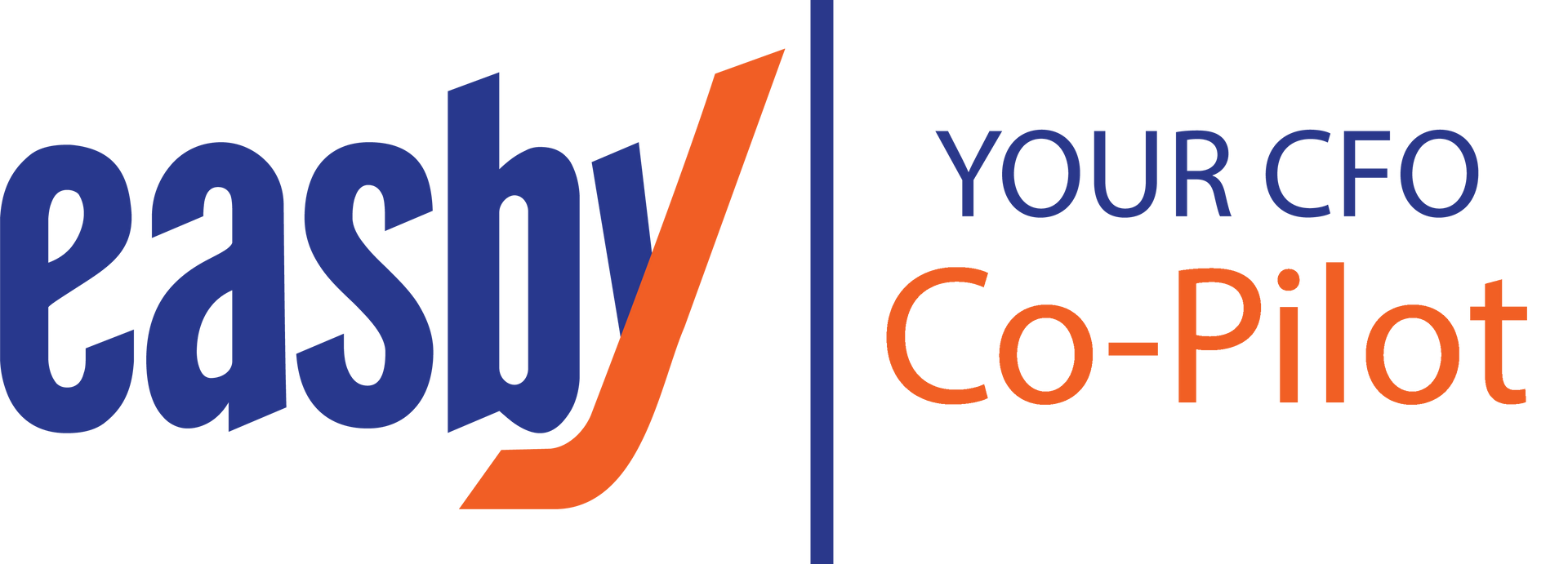2021 Year-End Tax Planning for Businesses
Share this article:
Rose Report: Issue 48

By Ulker Dagdelen, Director, Tax, Rose Financial Solutions
Tax planning should be addressed throughout the year and be an integral part of financial planning. As 2021 wraps up, we suggest year-end tax planning to take a close look at your current tax strategies to make sure they still meet your needs and take any last-minute steps that could save you money.
Generally deferring income and accelerating deductible expenses in the current year is a good idea. However when expecting tax rates to increase or when you expect to be in a higher tax bracket next year, the opposite may be beneficial. In the current environment it makes sense to consider accelerating income such as bonuses, capital payouts, stock sales or property sales into 2021. Additionally deferring expenses into the following year will make the deductions more valuable.
Expected Changes:
- Top corporate tax rate increase: rate would jump to 26.5% from 21% for taxable income over $5 million; a lower 18% rate would apply to taxable income of $400,000 and under, while the 21% rate would continue to apply to taxable income above $400,000 but not greater than $5 million; once a corporation reaches $10 million in income, the graduated rates disappear, and all income would be taxed at 26.5%
- Qualified business income deduction limitation: the 20% qualified business income deduction under IRC section 199A would be limited to annual deductions of $500,000 for married filing joint returns and $400,000 for single and head-of-household filers
- Top ordinary income rate increase: rate would bump up to 39.6% from 37%
- Top capital gains rate increase: long-term capital gains and qualified dividends would be taxed at 25%, up from the current 20%; this would generally be effective for gains recognized after Sept. 13, 2021 (an exception applies to transactions that are under a binding contract but have yet to be executed)
Additional items to note:
- Form 1099s due January 31, 2022
- Partnership and S-Corporation return due date March 15, 2022
- Corporation and individual return due date April 15, 2022
- Pass-through entity-level tax election (PTE): for the state PTE, pass-through entity taxpayers, such as partnerships and S-Corporations can elect to pay and deduct state income taxes at the entity level return rather than on the personal income tax returns of the individual partners and owners
- Net Operation Loss incurred in tax years 2018 or after may only offset 80% of taxable income & all NOLs generated can only be carried forward
- For 2021 and 2022, 100% deduction for business meals provided by a restaurant
- Research & Development costs for years after December 31, 2021 must be capitalized and amortized for 5 years with amounts incurred outside the U.S. amortized for 15 years
- Business interest expense limitation is 30% (was 50% for 2020) of the adjusted taxable income adding back for depreciation, depletion, and amortization for December 31, 2021; after this date the add back will not be computed and therefore more disallowed interest expense
- Jurisdictional evaluation should be performed at least annually to ensure adequate tax compliance.
- State and local sales tax nexus needs to be reviewed, as many states have updated rules related to remote employees.
- 2021 401(k)s contribution limit is $19,500 and 2022 401(k)s contribution limit is $20,500 – with $6,500 catch-up for both years
- 2021 SIMPLESs contribution limit is $13,500 and 2022 SIMPLEs contribution limit is $14,000 – with $3,000 catch-up for both years
- 2021 and 2022 Traditional and Roth IRAs regular contribution limit is $6,000, with $1,000 catch-up
- 2021 HSA contribution limits: self-only $3,600 and family coverage $7,200 and 2022 HSA contribution limits: self-only $3,650 and family coverage $7,300
- 2021 Annual gift tax exclusion is $15,000 and 2022 Annual gift tax exclusion is $16,000
- 2021 Above-the-line charitable deduction: non-itemizer individuals can deduct $300, joint filers $600, for cash contributions to qualifying public charities
Rose Financial Solutions is here to help you take a fresh look at your tax and financial well-being. We also offer jurisdictional monitoring to track your activities nationwide and make registration recommendations when nexus is met for sales tax, annual reporting, and business license renewals.
Please schedule an introductory call if you would like to discuss your tax situation so we can develop a customized plan to minimize your tax liability.
This content is for information purposes only and should not be considered legal, accounting or tax advice, or a substitute for obtaining such advice specific to your business.
Visit Us On:





